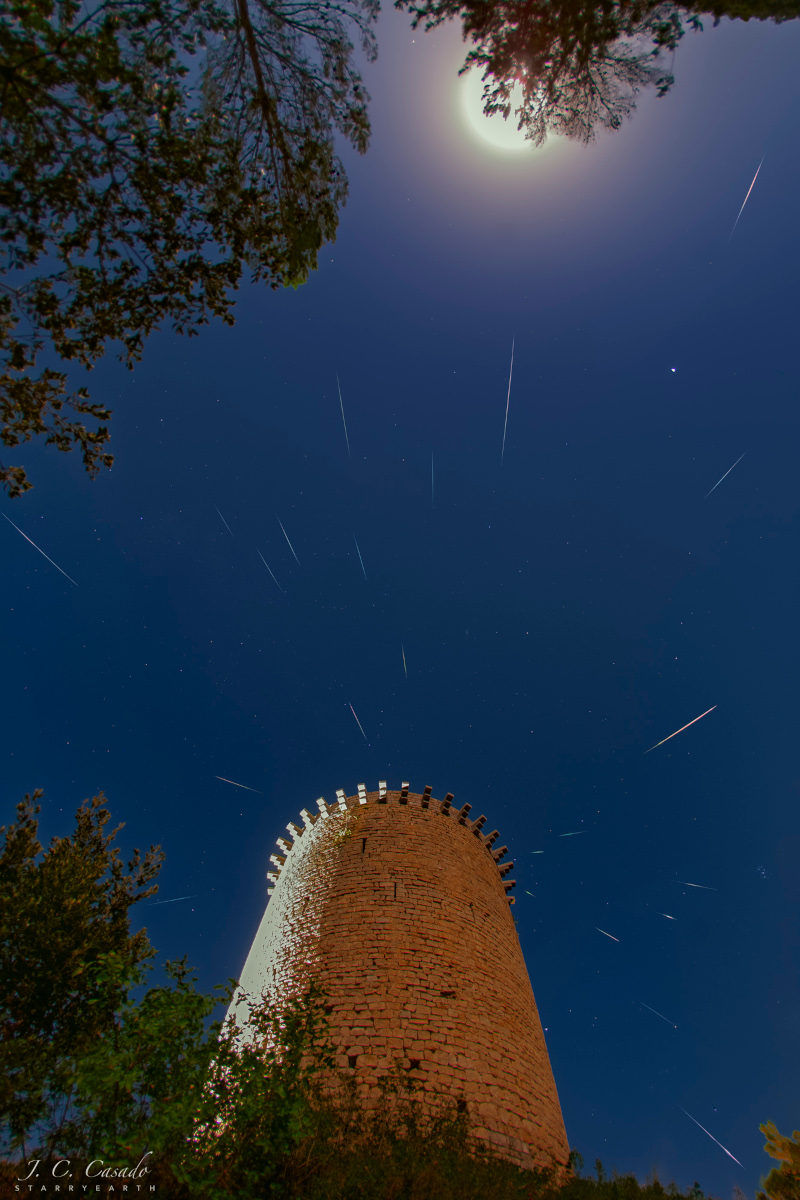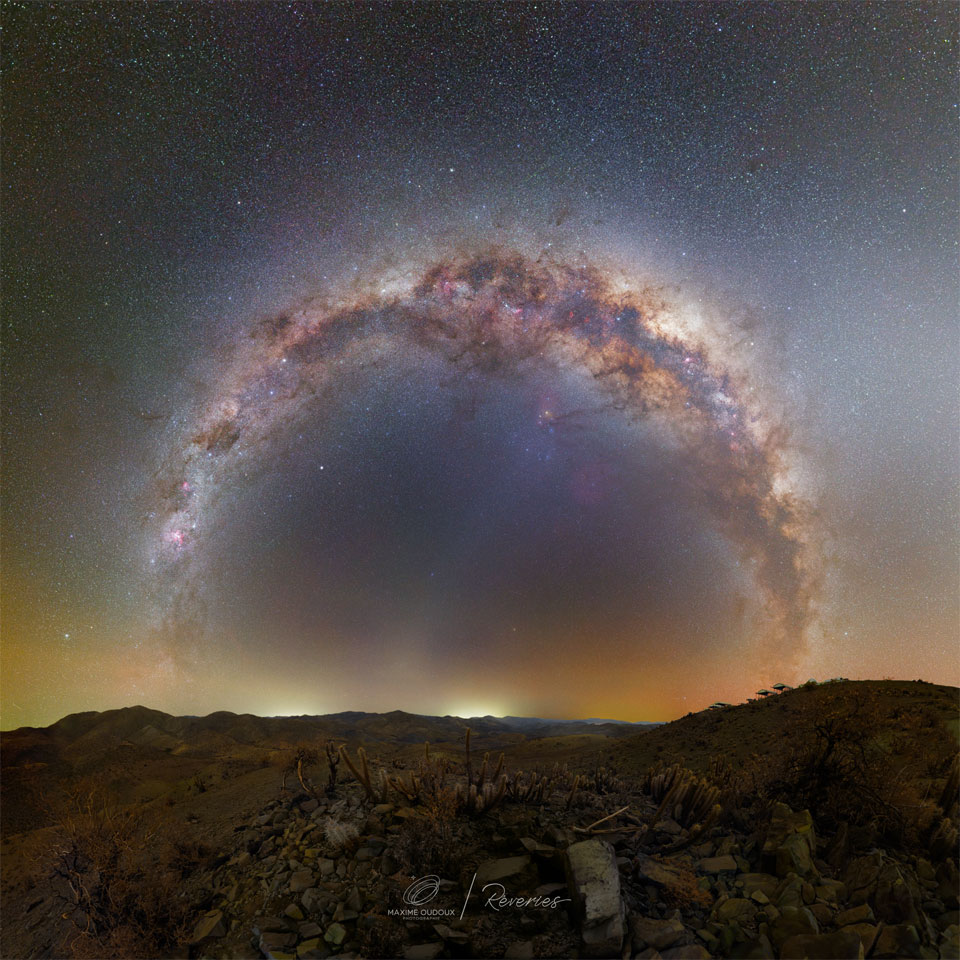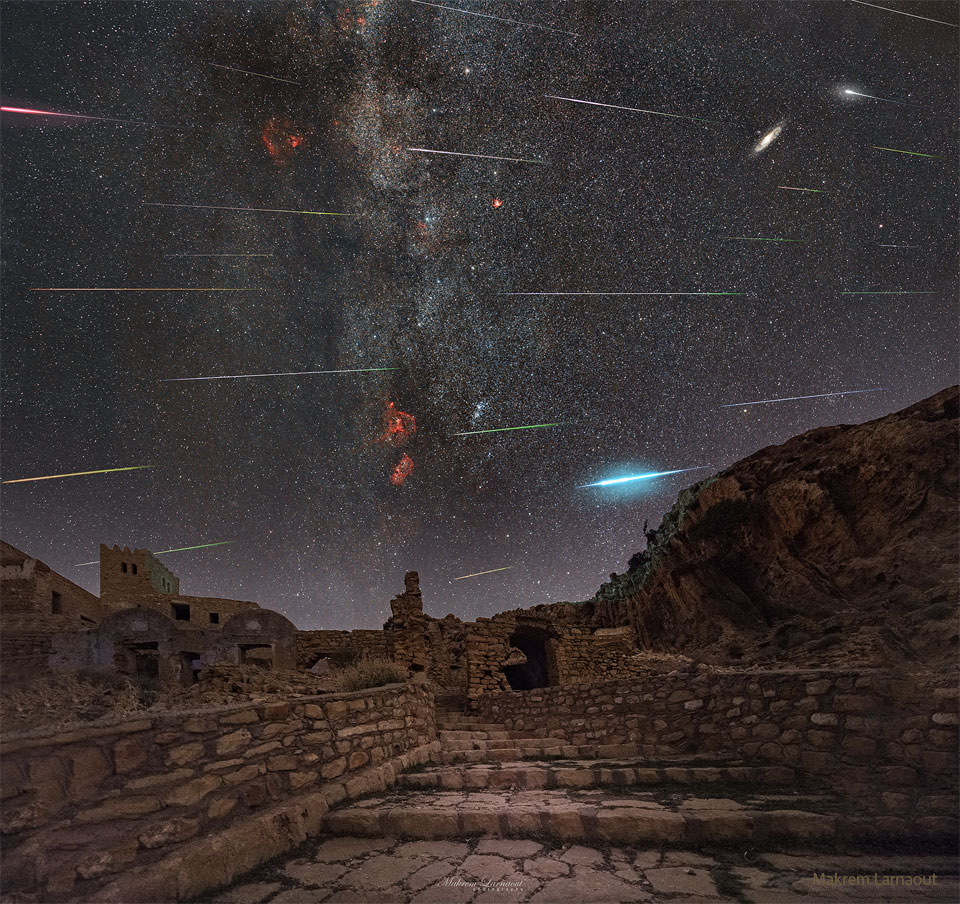NASA astronaut Frank Rubio will virtually discuss his upcoming mission to the International Space Station during a news conference and follow-on interviews.
from NASA https://ift.tt/xdHBw3n
via IFTTT
NASA astronaut Frank Rubio will virtually discuss his upcoming mission to the International Space Station during a news conference and follow-on interviews.
from NASA https://ift.tt/xdHBw3n
via IFTTT


NASA will hold a media teleconference at 2 p.m. EDT Friday, Aug. 19, to announce regions near the lunar South Pole the agency has identified as potential areas for astronauts to land as part of the Artemis III mission, targeted for 2025.
from NASA https://ift.tt/s2tVa8S
via IFTTT




NASA’s Jet Propulsion Laboratory in Southern California has selected Microchip Technology Inc. of Chandler, Arizona, to develop a High-Performance Spaceflight Computing (HPSC) processor that will provide at least 100 times the computational capacity of current spaceflight computers.
from NASA https://ift.tt/jcynXe1
via IFTTT
NASA will hold a community town hall meeting with Associate Administrator for Science Thomas H. Zurbuchen and his leadership team at 12:30 p.m. EDT Wednesday, Aug. 17.
from NASA https://ift.tt/Eb3waPR
via IFTTT